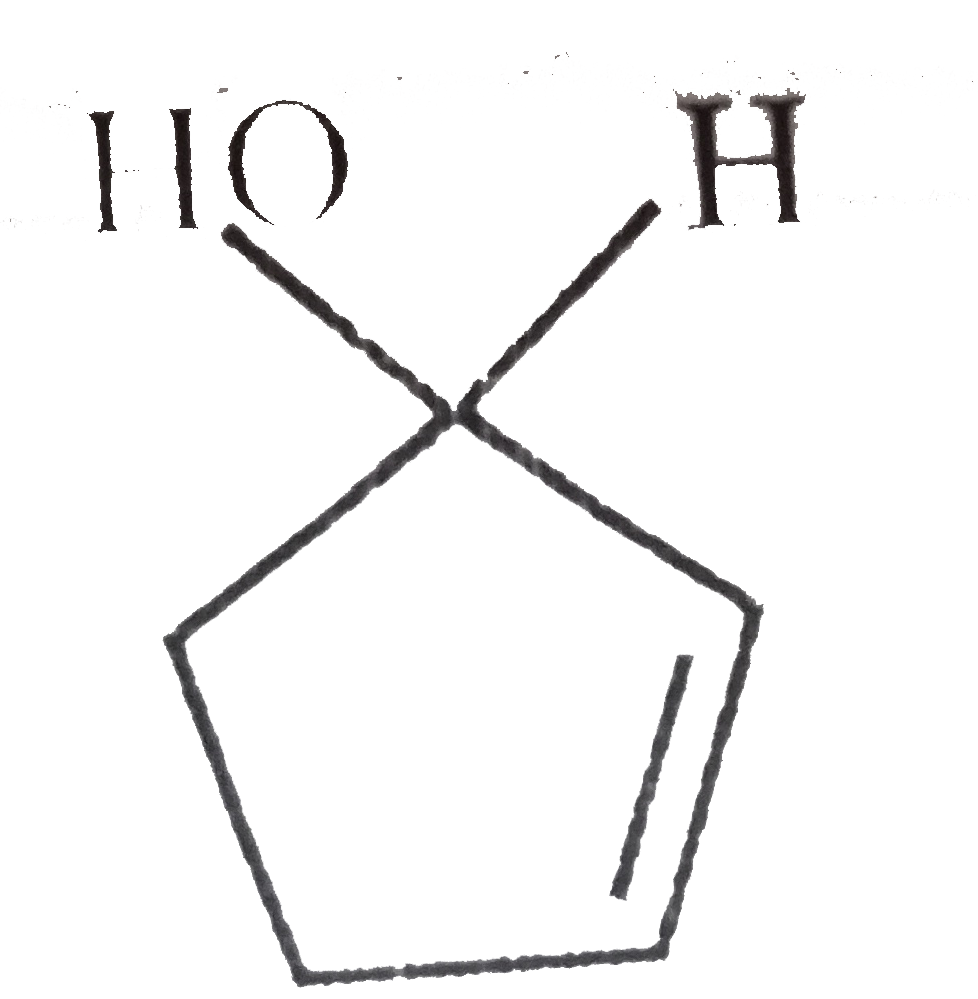Specific Rotation And Conditions For Optical Activity
Step by step video & image solution for Specific Rotation And Conditions For Optical Activity by Chemistry experts to help you in doubts & scoring excellent marks in Class 11 exams.
Updated on:21/07/2023Similar Questions
Knowledge Check
Assertion : The specific rotation of a freshly prepared solution of α-glucose decreases from + 112∘ to 52.7∘ while that of β glucose increases from +19∘ to 52.7∘ .
Reason: The change in specific rotation of an optically active compound with time to an equilibrium value is called mutarotation.AIf both assertion and reason are true and the reason is the correct explanation of the assertion.BIf both assertion and reason are true but reason is not the correct explanation of the assertion.CIf assertion is true but reason is falseDif the assertion and reason both are falseThe necessary and sufficient condition to exhibit optical activity. the configuration of the given complex should be assymmetric.
The complex which does not exhibit cis-trans isomersim but optically activeA[Zn(gly)2]B[Pt(gly)2]C[Ni(gly)2]D[Pd(gly)2]Which is optically active :-
A B
B C
C D
D
Isomerism : optical activity in zero chiral molecules, chiral atoms and chiral molecules, optical activity and optical isomerism
View SolutionOptically active 2- octanol rapidly loses its optical activity when exposed to :
View SolutionWhich compound is optically active
View SolutionCompound which rotates the plane polarised light is known as optically active compound . On the basis of direction of rotation two forms of an optically active compounds are termed as dextro and laevo rotatory . The two are termed as enantiomers . If we have a 1 : 1 mixture of d and l isomers of a given chiral compound , optical rotation of such mixture is zero Such a mixture is optically inactive and is called a recemic modification.
The net specific rotation of any mixture of the d and isomers of a given chiral compound is equal to the weighted average of the rotations due to both the isomers Mathematically if can be expressed as :
[α]≠t=fd[αd]+f1[αl]
Where fa and fl are fractions of d and l isomers respectively and [αd],[αl] are their specific rotations
What is the enantiomeric excess in any pure sample of an optically active substance ?
View SolutionWhich of the given compound is optically active?
View Solution
